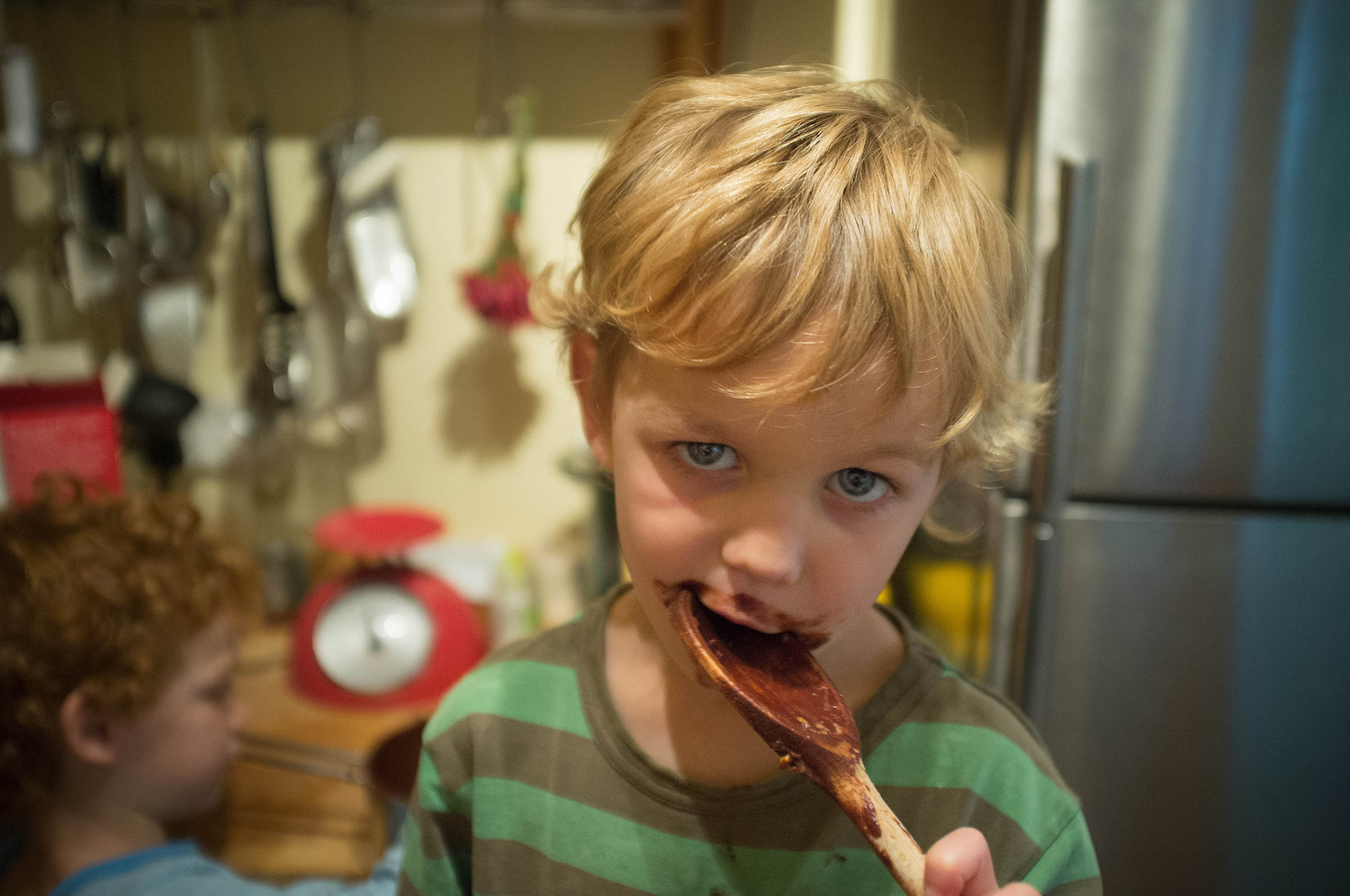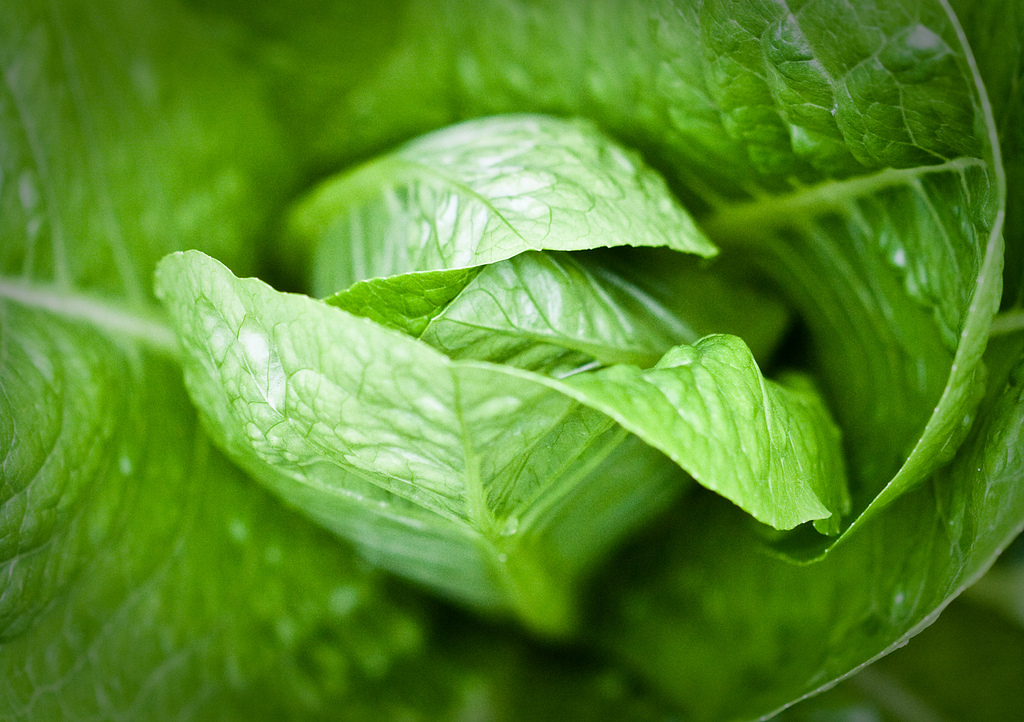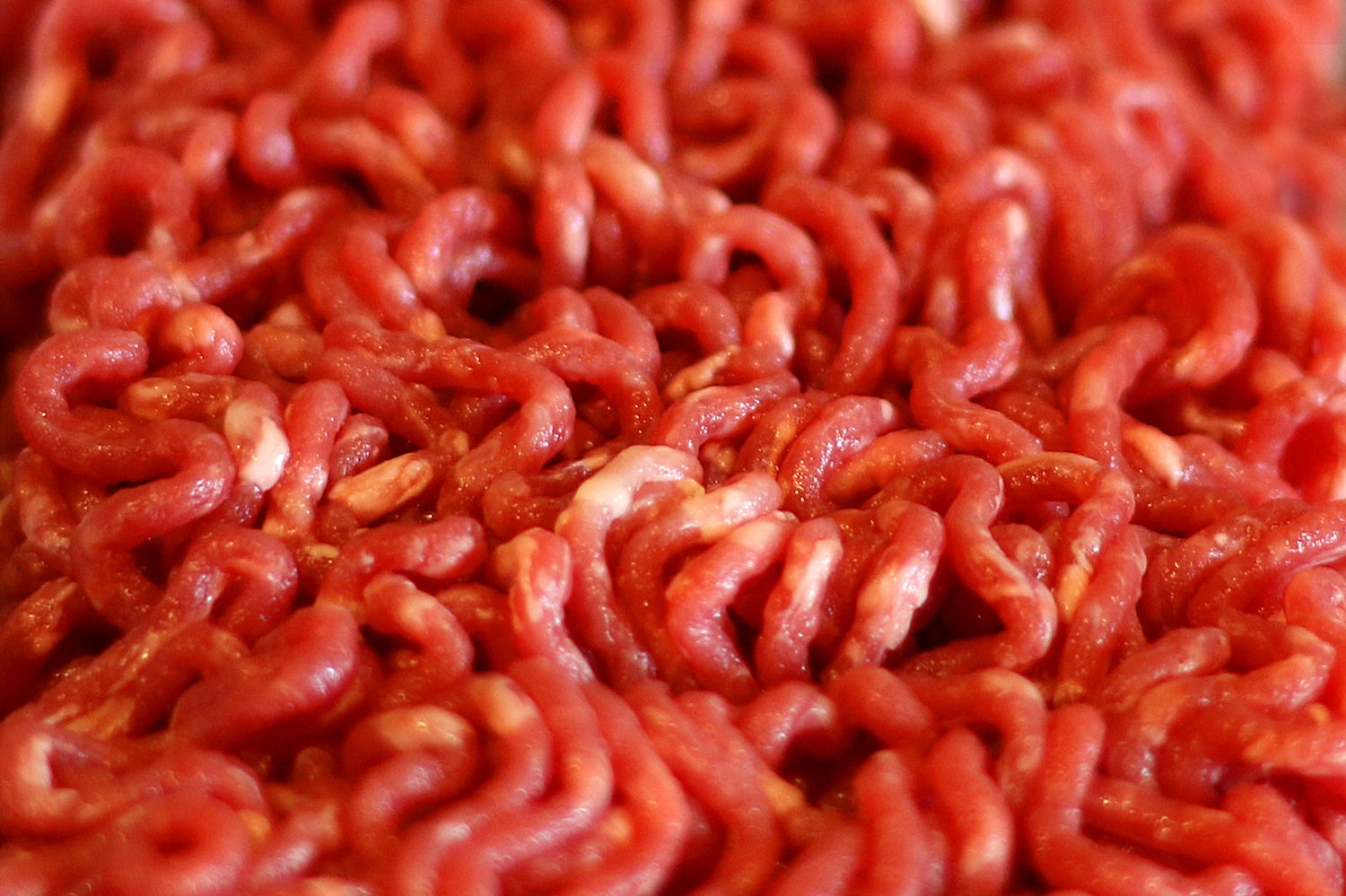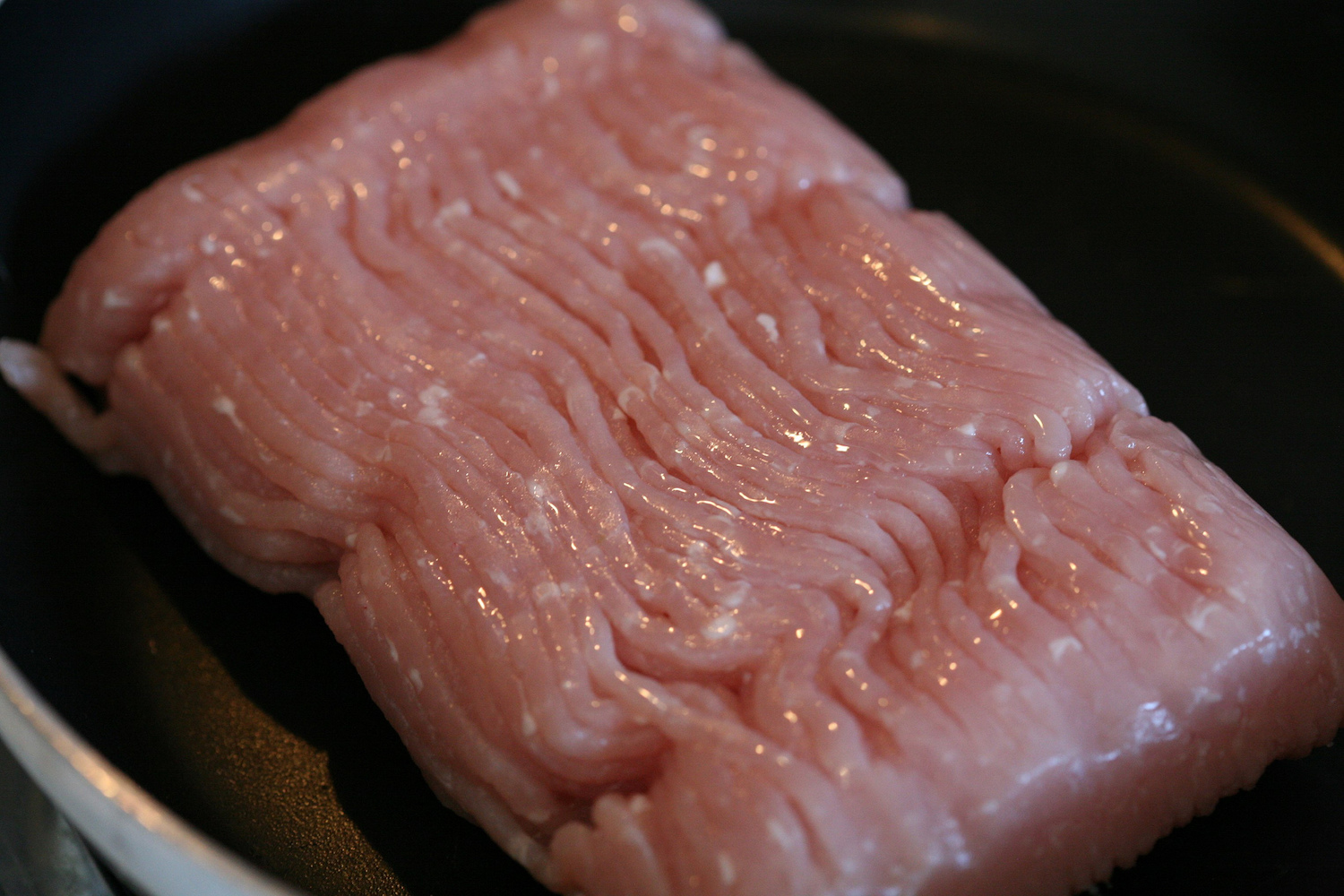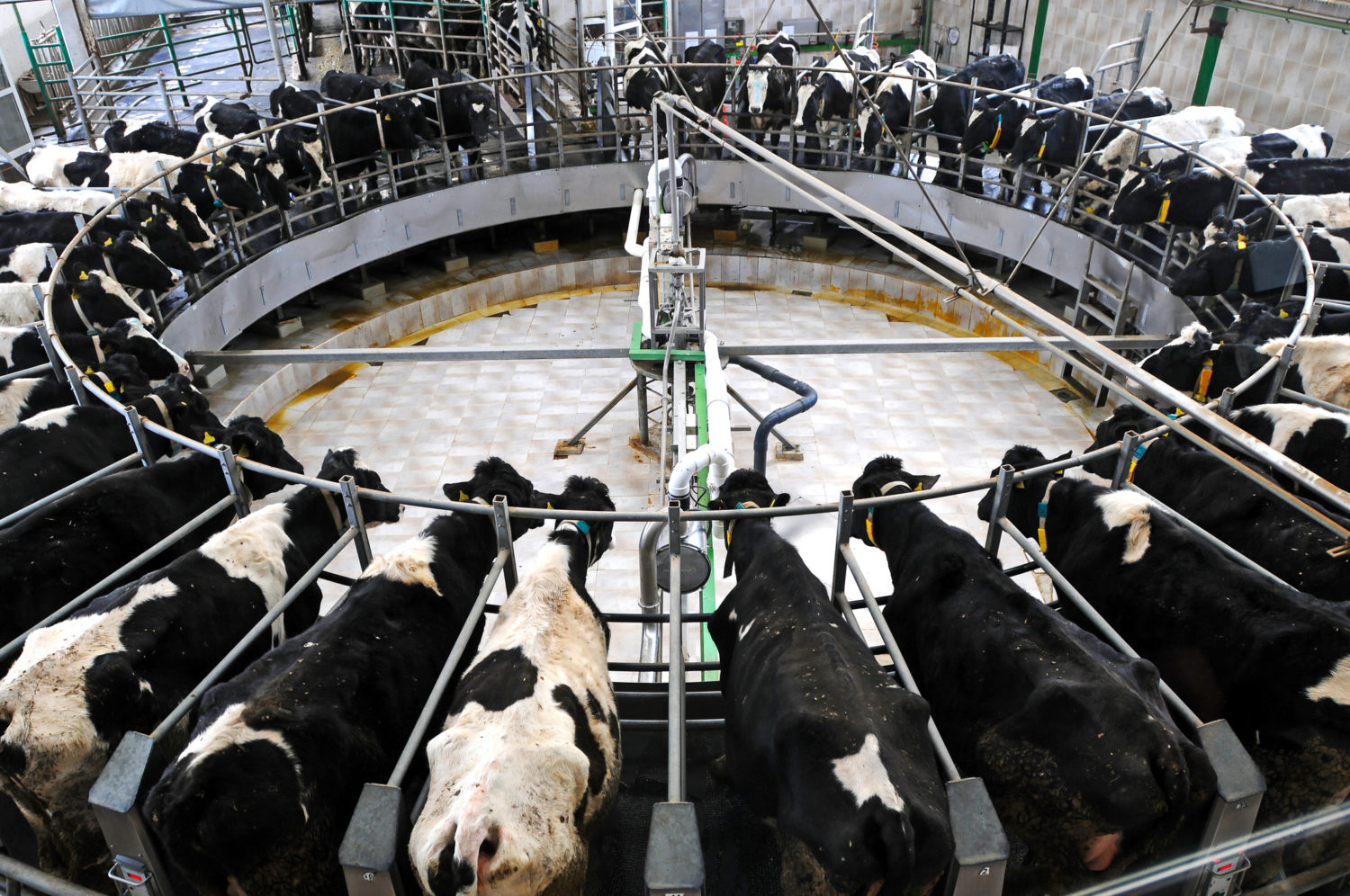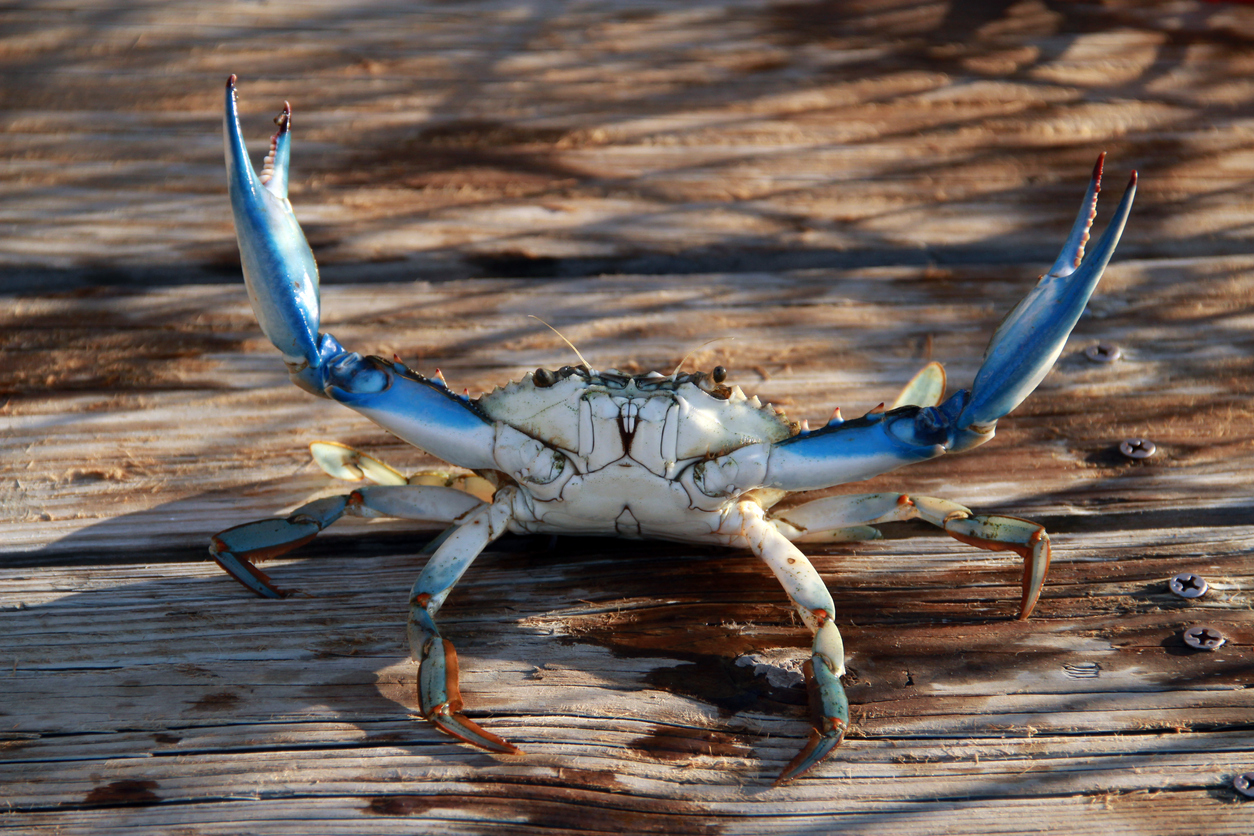Duncan Hines, the Conagra-owned bake mix brand, has voluntarily recalled 2.4 million boxes of cake mix that may be contaminated with a rare strain of salmonella—one that was last linked to pet turtles.
The move comes after a retail sample of Duncan Hines “classic white” cake mix tested positive for Salmonella Agbeni. The strain detected has the same DNA footprint as a Salmonella outbreak currently being investigated by the Centers for Disease Control (CDC) and Food and Drug Administration (FDA). Five illnesses caused by this strain of Salmonella are being researched as part of the investigation.
Several people who fell ill reported eating cake mix. Like raw cookie dough, cake mix may contain pathogens until baked—and can potentially sicken anyone who unwittingly contaminates kitchen equipment, or eats batter raw.
Conagra is voluntarily pulling that cake mix flavor, along with three other flavors, from shelves. You can see images and product codes for the recalled 15.25-ounce packages here.
Londa Nwadike, a food safety specialist at Kansas State University and the University of Missouri, believes flour may be the contaminated ingredient. She says the flour could have been contaminated as wheat, in an open field, catching poop from wild birds flying overhead. It could have been contaminated further up the supply chain, by rat or mouse feces in silos or being hauled by trucks or grain cars to the flour mill. If either is the case, this could be just the first recall of products with raw flour.
“Whoever supplies flour to Duncan Hines to make their cake mixes is also supplying someone else,” she says.
“It might not be the flour,” Nwadike says. “Maybe they had some sanitation issues at their facility, too, where they manufactured the cake mix.”
Outbreaks of foodborne illness in flour are becoming common, and Nwadike points to recent outbreaks of E. coli as a sign that more recalls of tainted product could follow this most recent announcement. That contaminated flour, which came from a General Mills plant in Kansas City, Missouri, sparked a series of recalls over the summer of 2016.
What’s to blame for the uptick? Improved detection could be one factor. Nwadike says epidemiologists that lead such investigations have better traceback tools as of late, mostly thanks to genetic matching. Indeed, the salmonella in the cake mix was matched through genome sequencing, according to FDA. That technique is seen by experts as a potential food safety breakthrough, and was last week suggested by the agency as a way to prevent incidents like this spring’s recall linked to romaine lettuce from Yuma, Arizona.
Meanwhile, how did Salmonella get into pet turtles, sickening 76 people across 19 states, including 24 children? And does it provide any clues about this outbreak? We’ll have to get back to you on that one.
More to come as this story develops.
